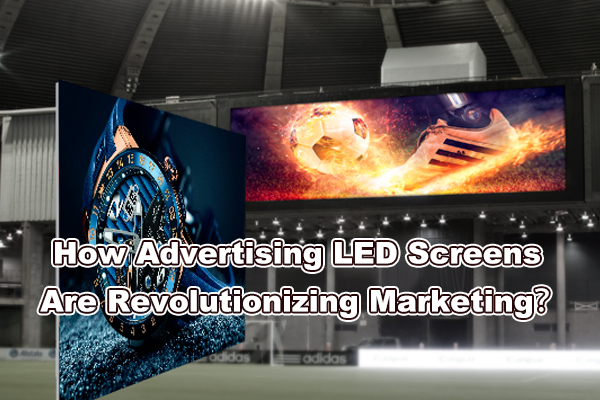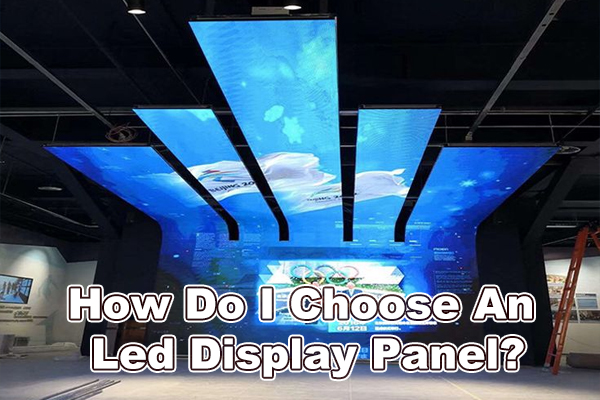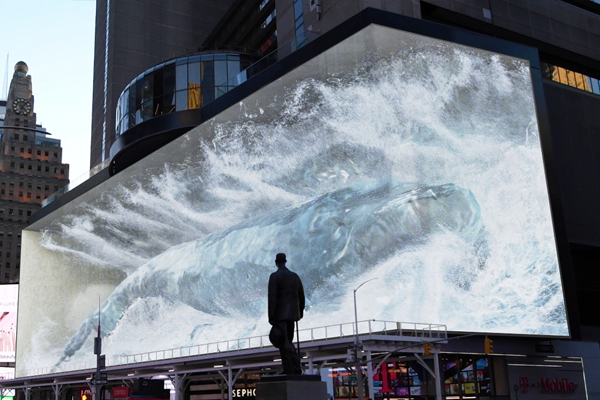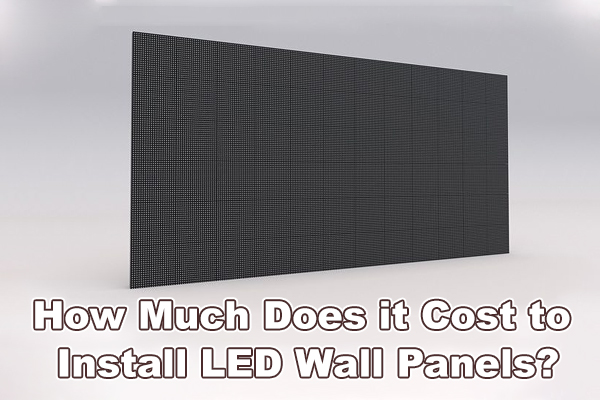1. What is LED?
LED is the abbreviation of light emitting diode. The principle of LED luminescence technology is that certain semiconductor materials will emit light of a specific wavelength when current is applied. This kind of electricity to light conversion efficiency is very high. Various chemical treatments can be performed on the materials used to obtain various brightness. And viewing angle LED. It is a screen that displays text, graphics, images, animation, market quotations, videos, video signals and other information by controlling the display mode of semiconductor light-emitting diodes.
2. LED display screens include the following types.
Full color LED display. Full color is also called three primary colors, the smallest display unit composed of the three primary colors of red, green, and blue. Full color LED screen are mainly used in airports, railway stations, cinemas, shopping malls and stages.

Dual color LED display. Dual color LED display mainly has red &green, red &blue. Among them, red & green are the most common. Dual color displays are widely used in finance, telecommunications, hospitals, public security, shopping malls, finance and taxation.
Single LED display. Single color LED display has red, yellow, green, blue, white. Single color LED display are mainly used in parks, parking lots and retail stores.
With the improvement of living standards, people’s needs continue to increase. Single color and dual color LED displays have gradually been replaced by full color LED displays.
3. The basic composition of the display.
LED display screen is composed of LED cabinets(can be spliced) and controllers card (sender card and receiving card). Therefore, suitable quantity controller and LED cabinets can make different size LED displays to meet the needs of different environments and different display requirements.
4. LED screen general parameters.
One. Physical indicators
Pixel pitch
The distance between the centers of adjacent pixels. (Unit: mm)
Density
The number of pixels per unit area (unit: dots/m2). There is a certain calculation relationship between the number of pixels and the distance between pixels.
The calculation formula is, density=(1000/pixel center distance).
The higher the density of the LED display, the clearer the image and the smaller the best viewing distance.
Flatness
The uneven deviation of pixels and LED modules when composing the LED display screen. The good flatness of the LED display screen is not easy to cause the color of LED screen to be uneven when watching.

Two. Electrical performance indicators
Gray scale
The brightness level that can be distinguished from the darkest to the brightest in the same level of brightness of the LED display. Gray scale is also called color scale or gray scale, which refers to the degree of brightness. For digital display technology, grayscale is the decisive factor for the number of colors displayed. Generally speaking, the higher the gray level, the richer the displayed colors, the more delicate the picture, and the easier it is to express rich details.
The gray level mainly depends on the system’s A/D conversion bits. Generally divided into no grayscale, 8, 16, 32, 64, 128, 256 levels etc., The higher the gray level of the LED display, the richer color, and the brighter color.
At present, LED display mainly adopts an 8-bit processing system, that is, 256 (28) gray levels. The simple understanding is that there are 256 brightness changes from black to white. Using the three primary colors of RGB can form 256×256×256=16777216 colors. That is commonly referred to as 16 mega colors.
Refresh frame frequency
LED display LED display screen information update frequency.
Generally, it is 25Hz, 30Hz, 50Hz, 60Hz, etc. The higher the frame change frequency, the better the continuity of the changed image.
Refresh frequency
The LED display shows the number of times the data is repeatedly displayed per second.
It is usually 960Hz, 1920Hz, 3840Hz, etc. The higher the refresh rate, the more stable the image display. When photograph, different refresh rate has big difference.

5. Display system
LED video wall system is composed of three parts, signal source, control system and LED display.
Control system main function is signal access, conversion, process, transmission and image control.
Led screen displays the content of the signal source.
Post time: Dec-10-2021






